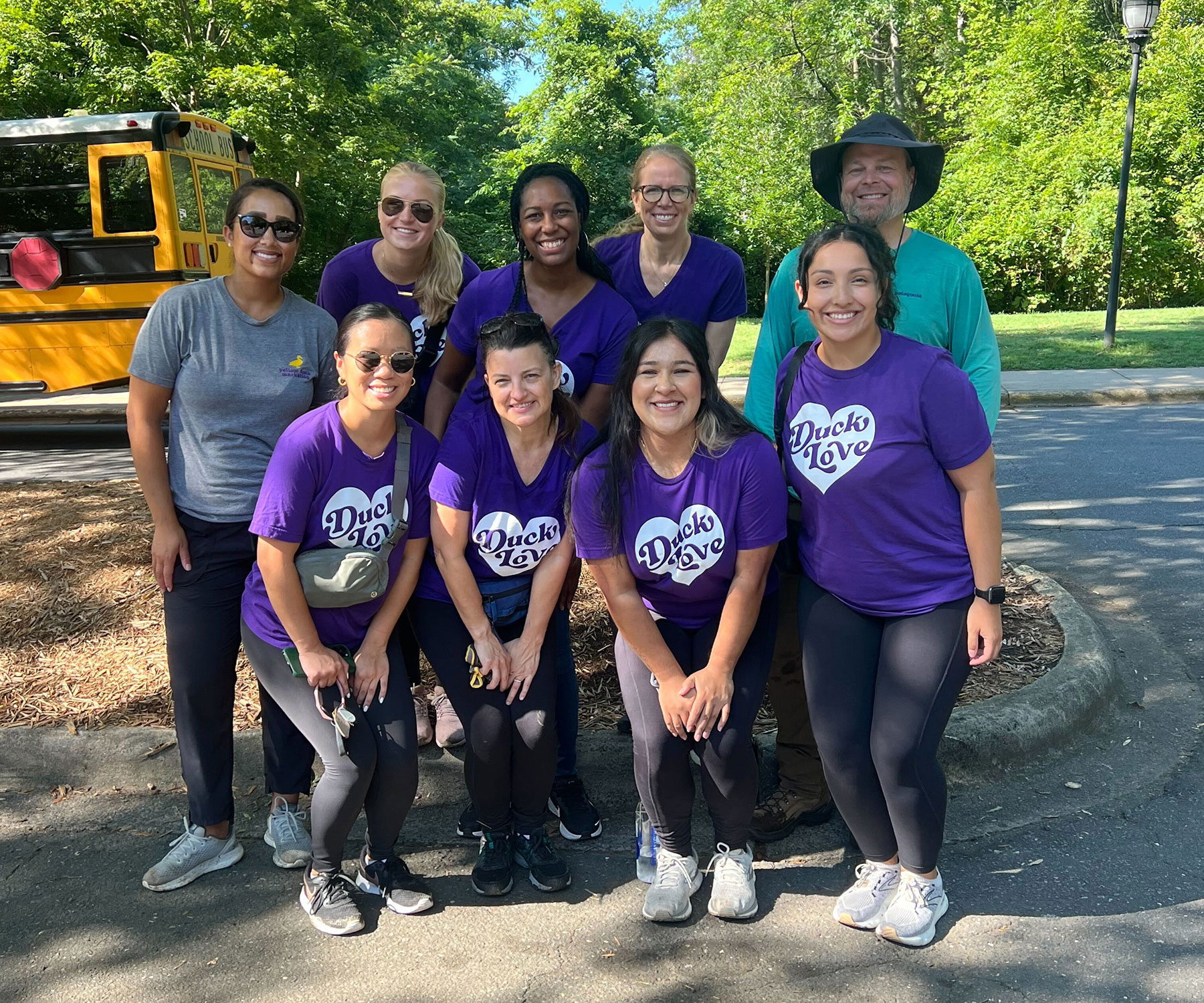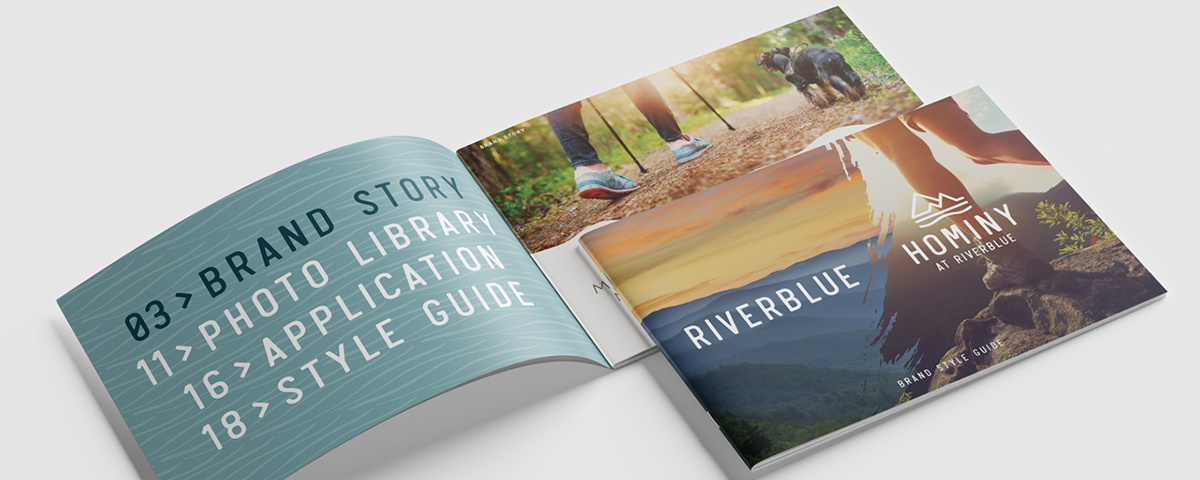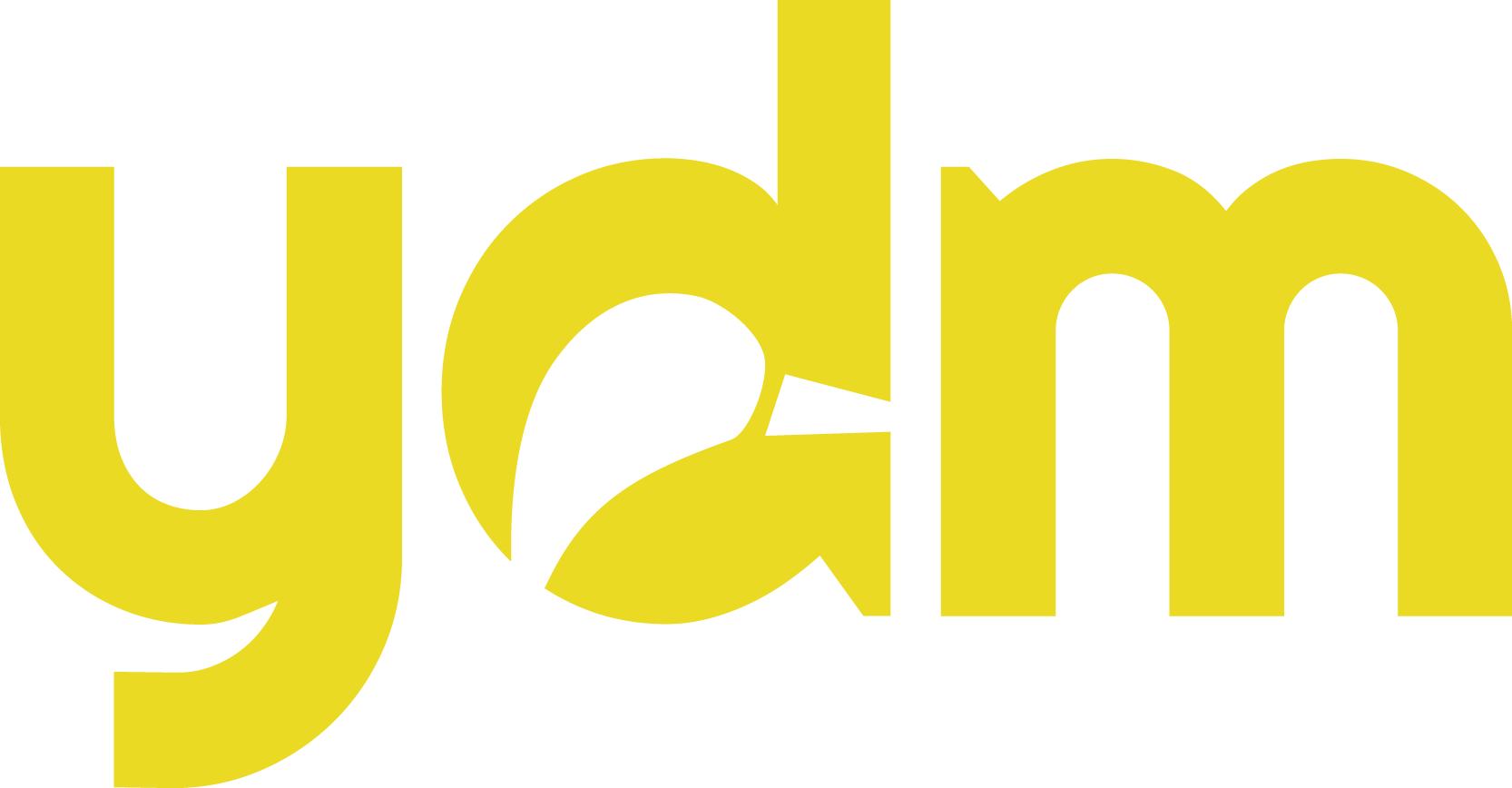I spent more than 13 years as a print journalist before finally launching my PR career. I covered everything from healthcare to business and industry, local, state and federal government, non-profits and small-and-large businesses. I heard thousands of pitches from public relations and marketing professionals and I studied them. I knew my future was in public relations, so I read news releases. (Yes, reporters still actually read them.) I saw the good, the bad and the downright horrific. I saw missed opportunities.
Here are 5 tips for PR pros when it comes to journo relations, with an insider’s perspective:
- Be lightning-fast responsive. The journalistic landscape has changed dramatically during the past several years. Plummeting ad revenues have cost reporters and editors their jobs nationwide. But news organizations are still trying to cover the same ground and provide the same news quality. Something has to give. Journalists have no time today to mess around waiting for PR pros to get back to them with information, or for a quick interview with a company executive or client. If a journalist calls, drop everything you are doing and get them what they need. Don’t ask, “are you on deadline?” They are. And PR pros should always assume they are. Fast responses get you media placement, the best advertising money can’t buy. And if you build a reputation as being fast and responsive to reporters’ inquiries, they’ll come back to you in the future.
- Give them news. Reporters can smell a commercial disguised as a pitch from miles away. Remember, journalists do not have the time they once did. Make sure your news releases, emails, tweets – however you engage journalists in your market segment – are written to sound like they do. Tell them immediately how what you are pitching has news value to their readership. That is what reporters are looking for, they want news their readers or viewers will care about.
- Always be ready. If you put out a news release with immediate news value, make sure your subject matter experts, whether it be clients or corporate executives, are free that entire day. You have to be ready for that last-minute interview or last-minute phone call. Don’t wait for journalists to ask for mug shots of your talking heads. Have professional
head shots of your experts ready ahead of time. Have a solid press kit ready. Reporters like them. They are quick, factual snapshots of your company or organization. - Know the reporters you are pitching. Before you reach out to journalists, editors or producers, know their work. Read their most recent stories, which will offer valuable insight into his or her professional interests and areas of journalistic expertise. The last thing you want to do is pitch a great story to the wrong reporter. Develop relationships. Ask local journalists to lunch. Building relationships with reporters has always been a big part of my own success.
- Write like journalists. Write releases and emails in inverted-pyramid style, with the news at the top. Trust me, if you wait for the second graph to get to the news hook to make way for C-suite marketing jargon in your lede, your reporter or editor has already trashed your email. Adhere to AP Style, always.
When you are pitching to reporters, remember, you are actually pitching to their readers or viewers. While you’re talking with journalists as a PR professional, those reporters are thinking, “does this have any news value for my readers?” Make sure the answer is “yes.”
Pete Bosak is a Charlotte public relations and social media professional who also holds Hubspot Inbound Marketing Professional certification and is a Yellow Duck consultant in the pond. Before starting his own PR agency, Bosak was an award-winning newspaper reporter for more than 13 years, and is a former adjunct faculty member teaching journalistic writing at Penn State University.










Leave a Reply